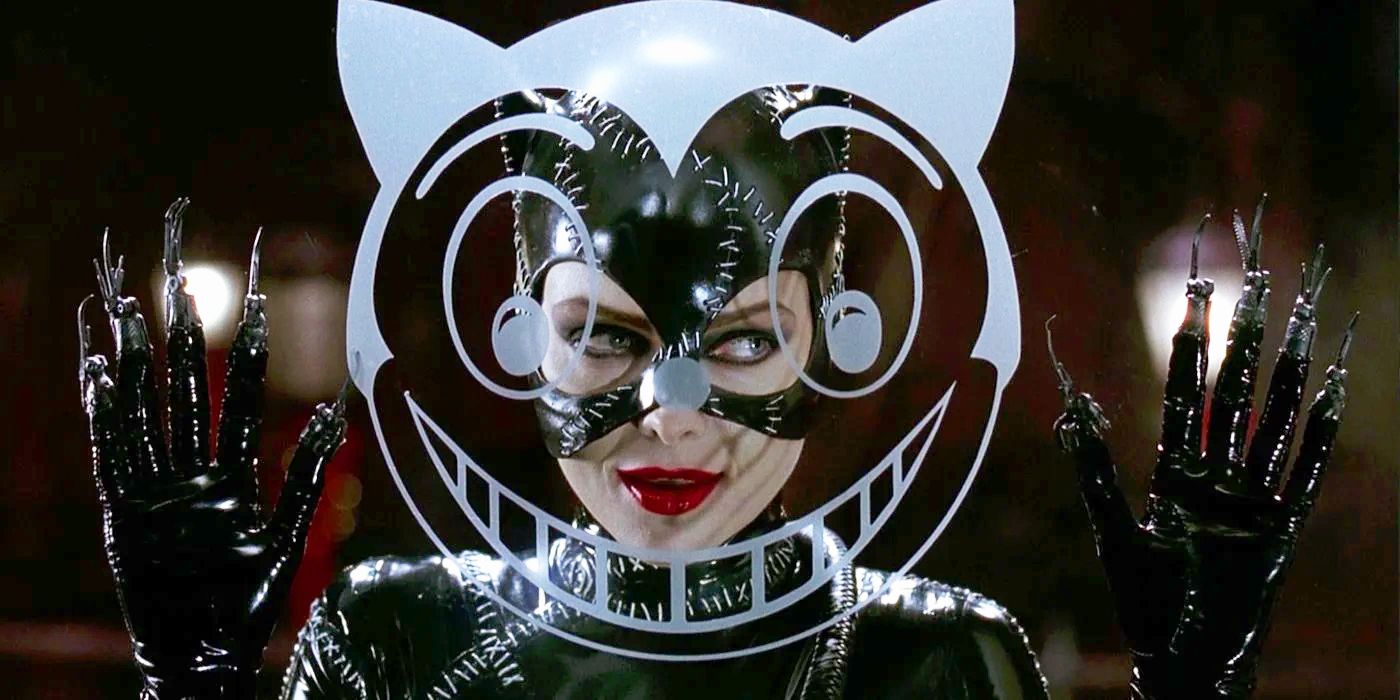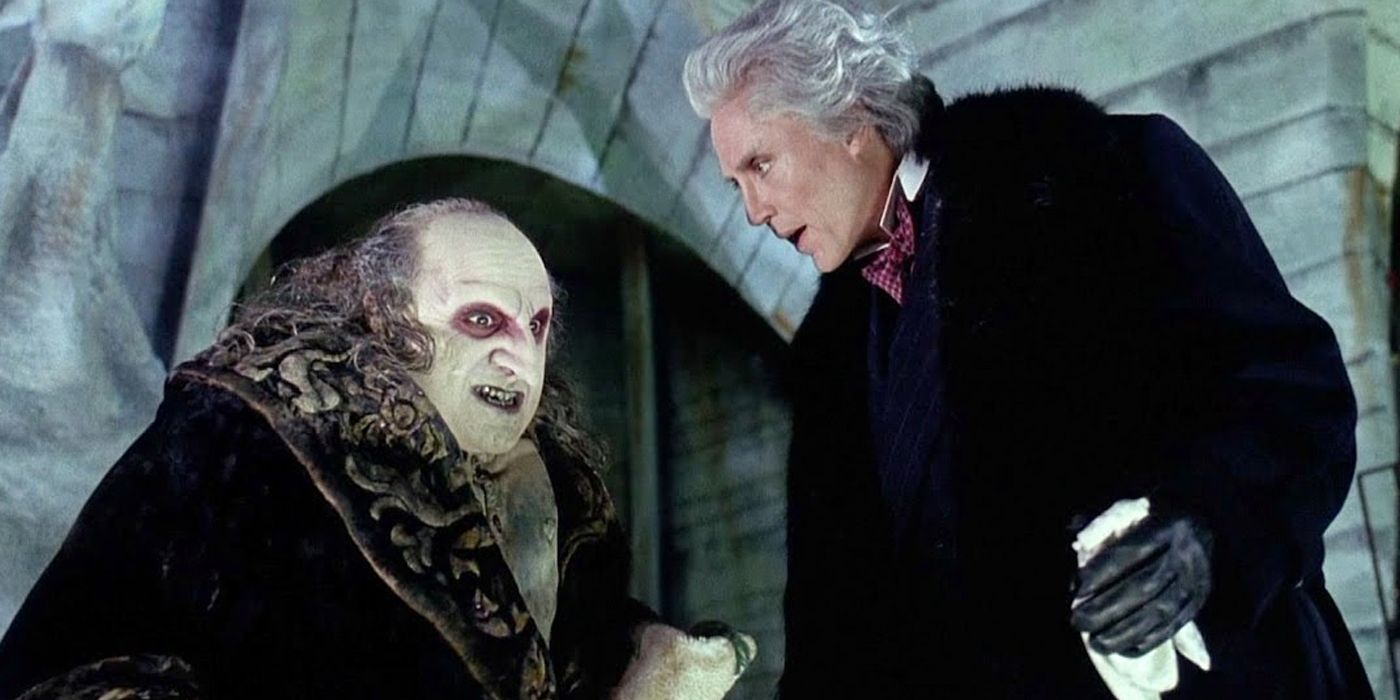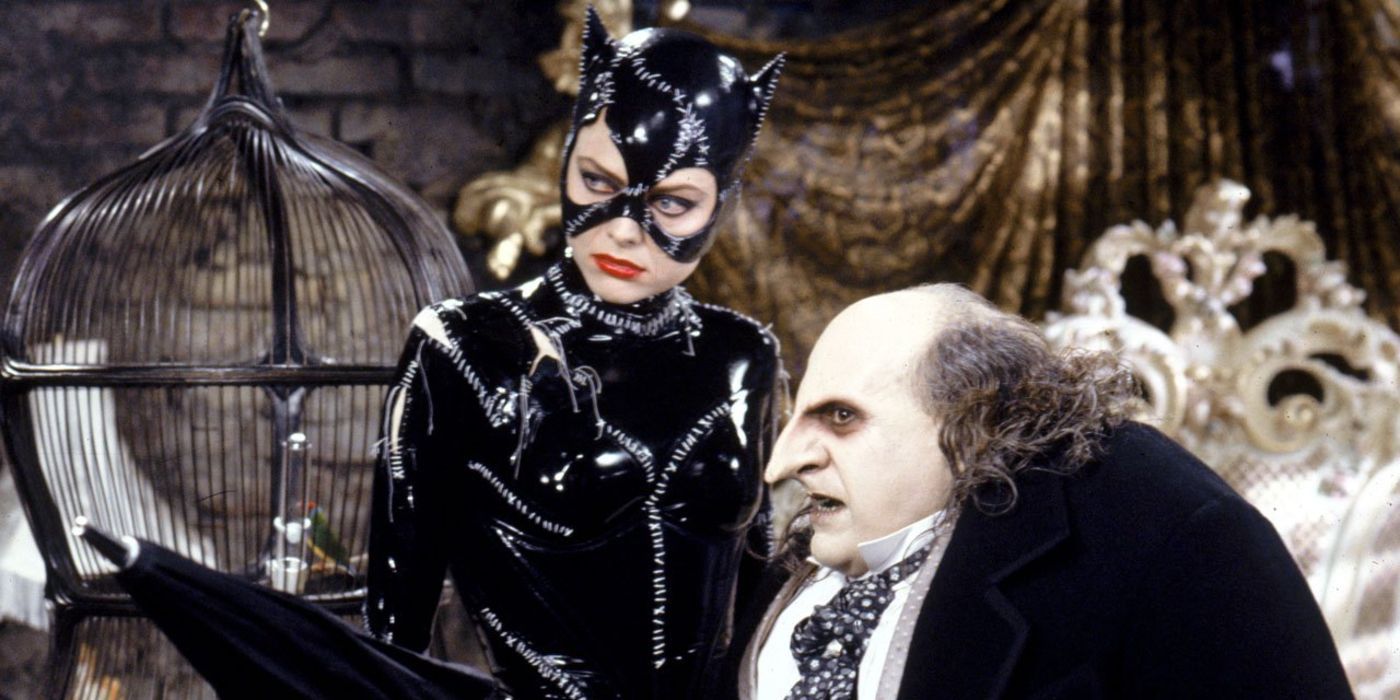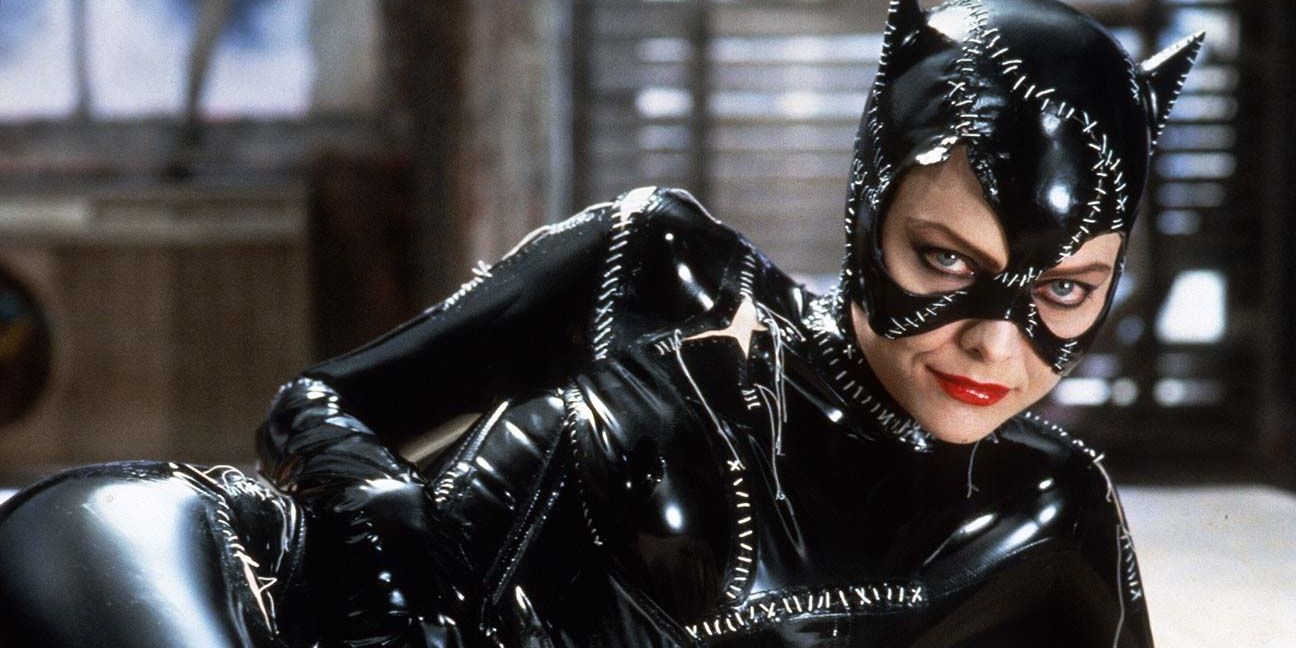Three decades since its release, Batman Returns still stands up as one of the most iconic movies in the comic book genre. Tim Burton's classic superhero film set a precedent of dark tones and complex characterization that has become the standard in the current age of superhero media. The film is so iconic that its influence is observable in Batman media for years to come. From stellar performances to the classic score, Batman Returns is one of the best superhero films of all time and has only developed further themes as it reaches a modern age.
Released in 1992, Batman Returns was the hit sequel to Burton's cultural phenomenon, Batman. Following the "Bat-mania" of the summer of 1989, the highly anticipated next installment reunited director Burton, composer Danny Elfman and Batman/Bruce Wayne actor Michael Keaton. Joined by Michelle Pfeiffer as Selina Kyle/Catwoman, Danny Devito as the Penguin/Oswald Cobblepot and Christopher Walken as industrialist Max Shreck. Following the previous movie's events, Batman has been accepted as Gotham's guardian, and the city begins its Christmas celebrations. These are complicated by the reappearance of The Penguin, who -- abandoned as a baby -- seeks his revenge on Gotham. The Penguin teams up with Shreck, who is seeking to tighten his grip over the city through illegal means. Shreck's downtrodden assistant, Selina Kyle, stumbles upon his misdeeds, whereupon he attempts to kill her. Selina survives and seeks her revenge, transforming into Catwoman.
Batman Returns is celebrating 30 years as the most iconic comic book movie of all time. Indeed, Burton's signature style was far more evident in Batman Returns than in its predecessor. Burton weaved an homage to German Expressionism with a gothic art-deco style, forming a macabre interpretation of Gotham that influenced most subsequent Batman media. The 1990s classic Batman: The Animated Series took its design and tone from Burton's films, including a variation on Elfman's Batman theme. The videogame Batman: Arkham City and its sequels feature many street scenes that echo Burton's gothic film-noir style, including a building that sports the same giant Cheshire cat's head that dons Shreck's department store in Batman Returns.
Burton's character design innovated some of The Penguin's enduring physical features and deformities. Though somewhat long-nosed and quacking than previous Penguin incarnations, Burton's inclusion of a more pronounced hook, flippers, hunch, pasty appearance and Victorian gothic attire is observable in many Penguin designs that followed. The television series Gotham, as an example, featured a Penguin in Victorian dress with a pallid, pointed face and pronounced limp.
Just as the Penguin's physicality evolved beyond Batman Returns, so too have the minutiae of his political scheming within it. During The Penguin's mayoral election campaign, he remarks that it's all about "touching people...groping people!" The idea of a political figure using his power and influence to take advantage of women for their own sexual gratification has parallels with the accusations which surrounded Donald Trump's 2016 presidential campaign. The Penguin's air-grabbing flippers recall Trump's infamous "locker room talk" interview. While the Penguin continues to lech and leer over each woman he meets, his actions become even more uncomfortable in a post-MeToo age. His slimy and rather pathetic attempts to seduce Selina echoed the sex scandals that rocked Hollywood in 2017. As society is more aware than ever of powerful men taking advantage of women, rewatching Batman Returns 30 years later lends the film another layer and instills a greater sympathy and allegiance to Catwoman.
Burton's Selina Kyle transforms from a woman driven mad to a feminist vigilante, avenging her own oppression and rescuing women from male aggressors. When Max Shreck dismisses Selina's suggestion during a meeting, he remarks to the all-male attendees, "I'm afraid we haven't properly housebroken Miss Kyle." While the cat reference is somewhat pleasing, the general attitude and comparison of women to house pets reeked of misogyny enough in 1992. But watched with 2022 sensibilities, the scene becomes even more repulsive. Thus, when Shreck attempts to murder Selina by pushing her out of a window, he becomes even more repellant and villainous than The Penguin.
Even the answering machine message, which triggers Selina's breakdown and ultimate transformation into Catwoman, becomes another metaphor for female oppression. The message is an advertisement from Shreck Industries for a new perfume range, suggesting that if worn, one's boss may be tempted to ask you to stay late. This message acts as Selina's "final straw" and drives her into her transformation. After all, Shreck Industries was her former employer, and her boss, Max Shreck, attempted to kill her when she stayed after work. In 2022 the concept of an advertisement suggesting a woman's desires and worth is based on her boss's inappropriate sexual advances is as laughable as it is offensive. The message stinks of 1990s sexism in which women were purported to be equals by a society that still treated them as sex objects and secretaries and nothing more.
While these feminist interpretations obviously resonated with women upon its release, watching Batman Returns in an era consciously challenging inherent systemic prejudice gives further credence to the notion Catwoman is a feminist hero. Whereas an audience once accepted her transformation as a result of circumstance, it now becomes both necessary and welcome to an audience actively cheering her on. Moreover, a modern audience can further develop and interpret Catwoman's iconic line, "Life's a bitch, now so am I!" The term was certainly highly divisive in 1992, but the 21st Century has seen attempts to positively reclaim the word. Catwoman's ownership of the term maintains her new feminist identity through to a 2022 interpretation.
Pfeiffer's Catwoman certainly enjoyed unparalleled characterization and development than previous and subsequent incarnations of the character. Meanwhile, Michael Keaton's Batman has seen a resurgence in popularity following the introduction of multiverse crossovers. So influential and beloved was his role as Bruce Wayne that Keaton is due to reprise his Batman for the DC Extended Universe's upcoming The Flash (due June 23, 2023) and will also be returning as Batman for HBO's Batgirl. Keaton's return is eagerly awaited by franchise fans keen to determine how involved his Batman will be. In fact, rumors are swirling of Keaton, Pfeiffer, Burton and Devito returning for another Batman outing, based purely on Batman Returns' enduring success.
Batman Returns maintained a legacy into the 21st Century. The Christmas setting prompted many fans to include the movie as part of their festive traditions, much like the phenomenon around Die Hard. Its subsequent inclusion on Netflix's Christmas Movie list encouraged viewers to reconsider it beyond mere superhero fodder. In fact, upon a Christmas rewatch, many noticed the appearance of actor Doug Jones during the movie's opening scenes. Playing one of Penguin's clowns, Jones is known for his magical characters, such as Abe Sapien in the Del Toro Hellboy series and Billy Bones in the equally iconic Hocus Pocus and its upcoming sequel. Spotting Jones facing off against the Caped Crusader without his usual prosthetics delighted many fans who had never previously noticed him.
Many iconic moments from Burton's Batman Returns can be observed in subsequent superhero entries, most notably the gradual hero-head-raise over a cityscape. The similarity between a hero and their foes is a trope seen throughout the DCEU and the Marvel Cinematic Universe, masterfully signaled in Batman Returns by Elfman's score, composing three distinct yet interrelated musical themes. Moreover, Catwoman's iconic fight scenes, characterization and feminist agenda paved the way for subsequent female superhero-led movies. Burton's Batman Returns has proven itself as a mighty installment within the Batman canon, the legacy of which is still coming into fruition.




